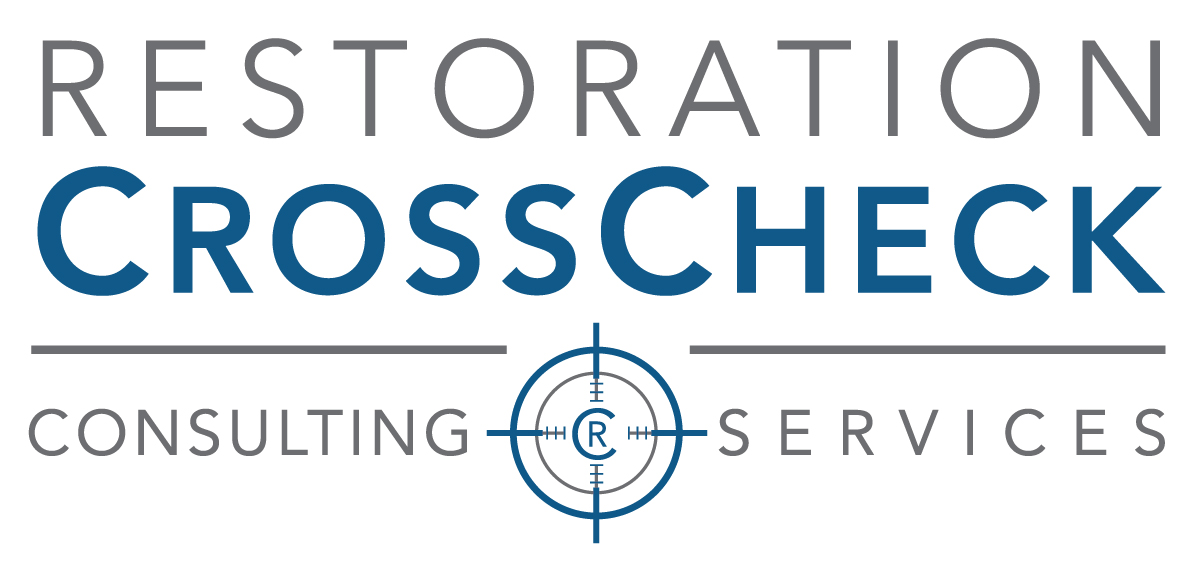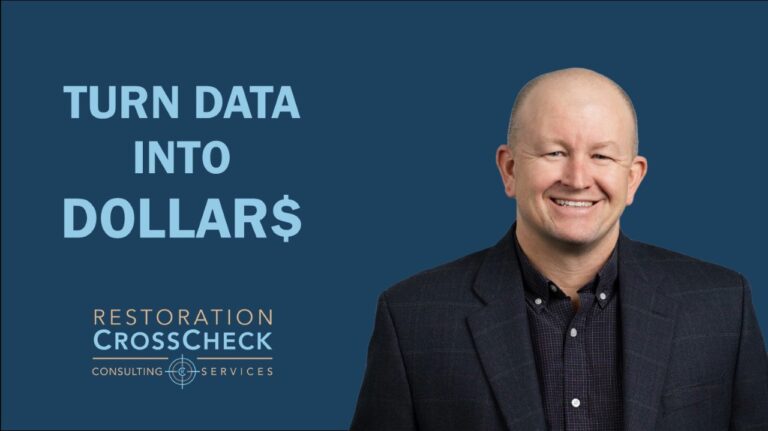Don’t Let Adjusters Use the S700 Standard Against You
By Edward H. Cross
Founder, Restoration CrossCheck LLC
March 31, 2025
S700: A Game-Changer for Fire Restoration?
On January 2, 2025, the IICRC released the long-awaited S700 Standard for Professional Fire and Smoke Damage Restoration. It describes the practical principles, methods, and processes including equipment, tools, and materials, for the restoration cleaning, and fire odor management of buildings and contents. It also addresses contractor qualifications, administrative requirements, procedures, development of the Restoration Work Plan, documentation of project-related events, and compliance with regulatory and other legal requirements that will be used to adjust restoration invoices.
Unfortunately, certain adjusters choose to weaponize IICRC Standards against contractors in an attempt to justify underpaying restoration invoices. Contractors who work on fire jobs need to anticipate delays, denials, and underpayments, and be proactive to prevent them.
If you’re not ready, it could cost you. Big.
The S700 isn’t a weapon — unless you hand it to someone else to use against you. Contractors who take a passive approach risk walking into an ambush. But with the right prep, the S700 can be your armor — and your leverage.
Start Strong — or Don’t Start at All
Most fire restoration disputes don’t begin on Day 30. They start on Day 1, with unclear expectations and weak communication. Too many contractors get blindsided later by documentation demands that could’ve been handled upfront.
Before commencing work, email the adjuster one simple question:
“What documentation will you expect from us on this job?”
Watch out for overly broad and vague terms on the list. If the list is unrealistic or one-sided, bring the adjuster and the insured together. Resolve it as a group in a calm and professional manner and document the resolution in writing. Then you’re in a strong position to push back if the adjuster tries to expand the documentation requirements later.
If no one will commit to your documentation plan, pricing, and scope — walk. That’s not a job, it’s a trap. Too many contractors face rude awakenings from Monday Morning Quarterbacks. The contractors are lulled into a false sense of security that their price and scope are approved, but the approvals are not adequately confirmed in writing in advance. Everyone is eager for remediation to begin, but don’t fall in the love with the job or you may be in for a heartbreak.
Always put the carrier and third party consultants on written notice of your contract:
“Please take notice of the attached contract in which your insured has engaged our company to restore the property damaged in this loss.”
That single sentence sets a legal foundation and protects you in the event of tortious interference. Use it.
You’ve Got More Power Than You Think
The S700 identifies procedures which the IICRC believes are the standard of care. Those who fall below the standard of care could be liable for resulting damage and financial losses. If you know how to distinguish the mandatory procedures from the optional ones in S700, you can flip the script. Instead of getting boxed in by insurance companies, you can hold the standard up as your playbook — and make them justify their objections.
In our upcoming Restoration Expert Briefing, we’ll show you how.
Want to turn the tables? [Learn More]
This is general information and is not intended as legal advice. Legal questions should be posed to an attorney who is licensed in the jurisdiction where the events occurred.



